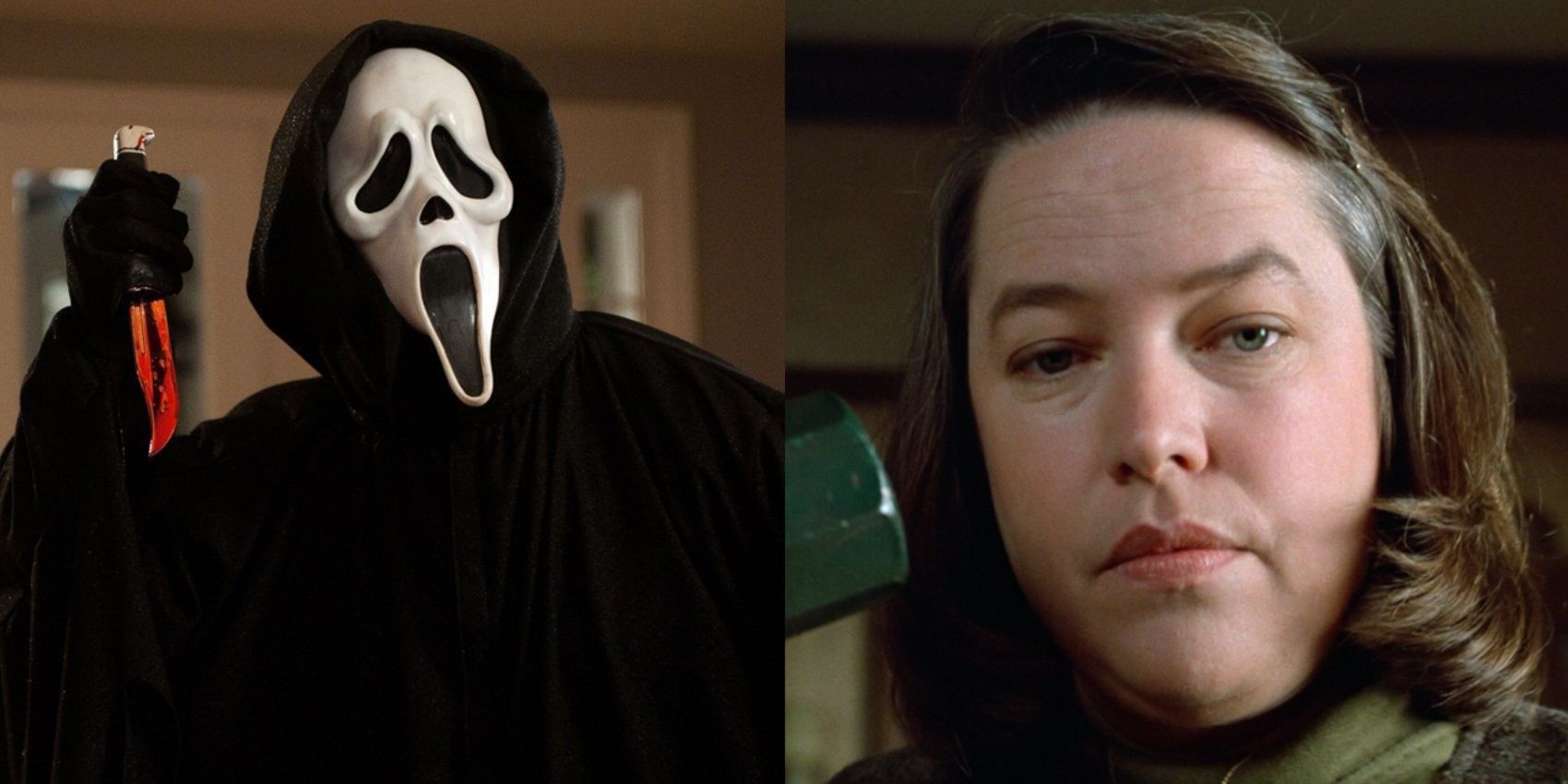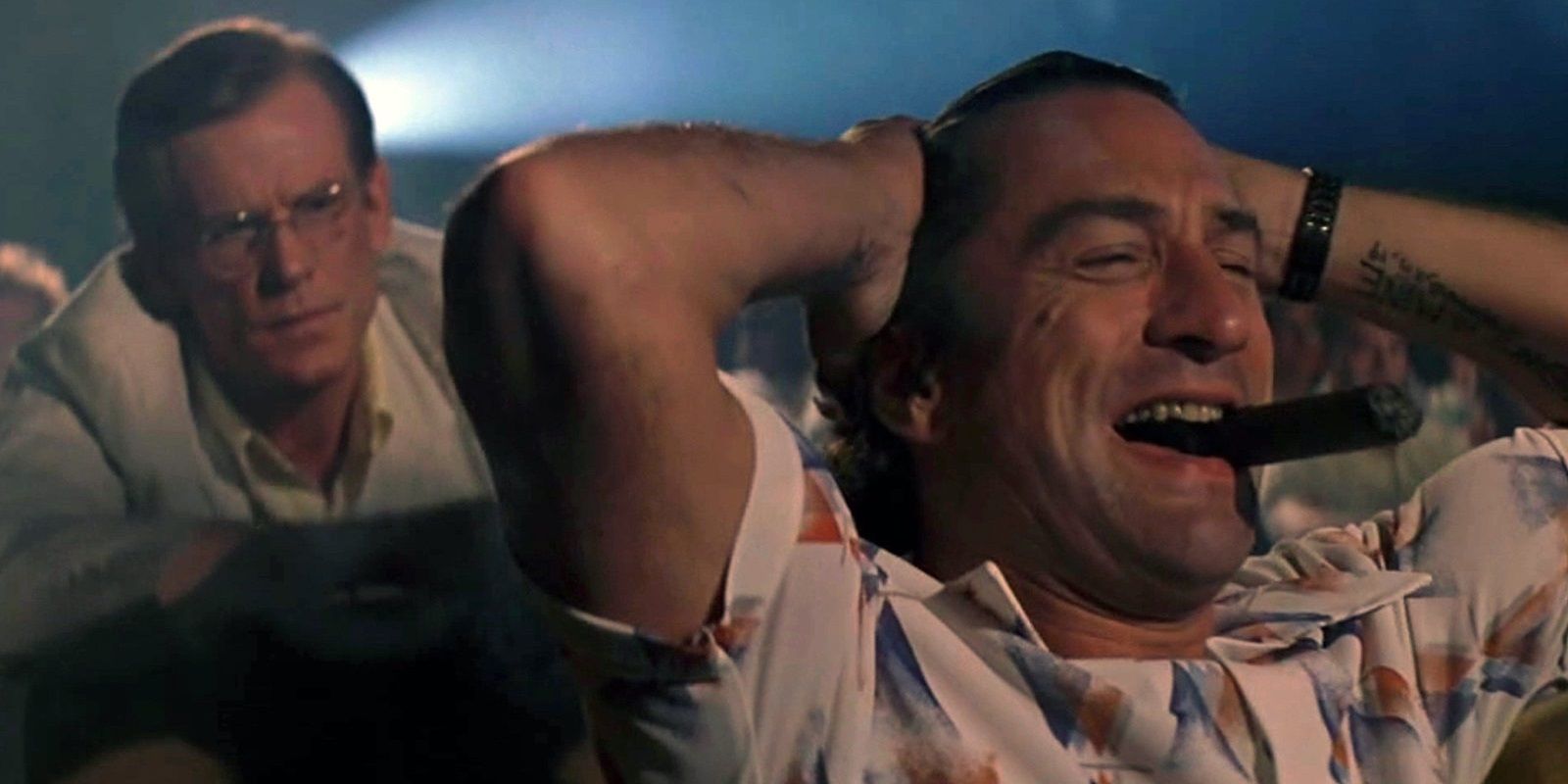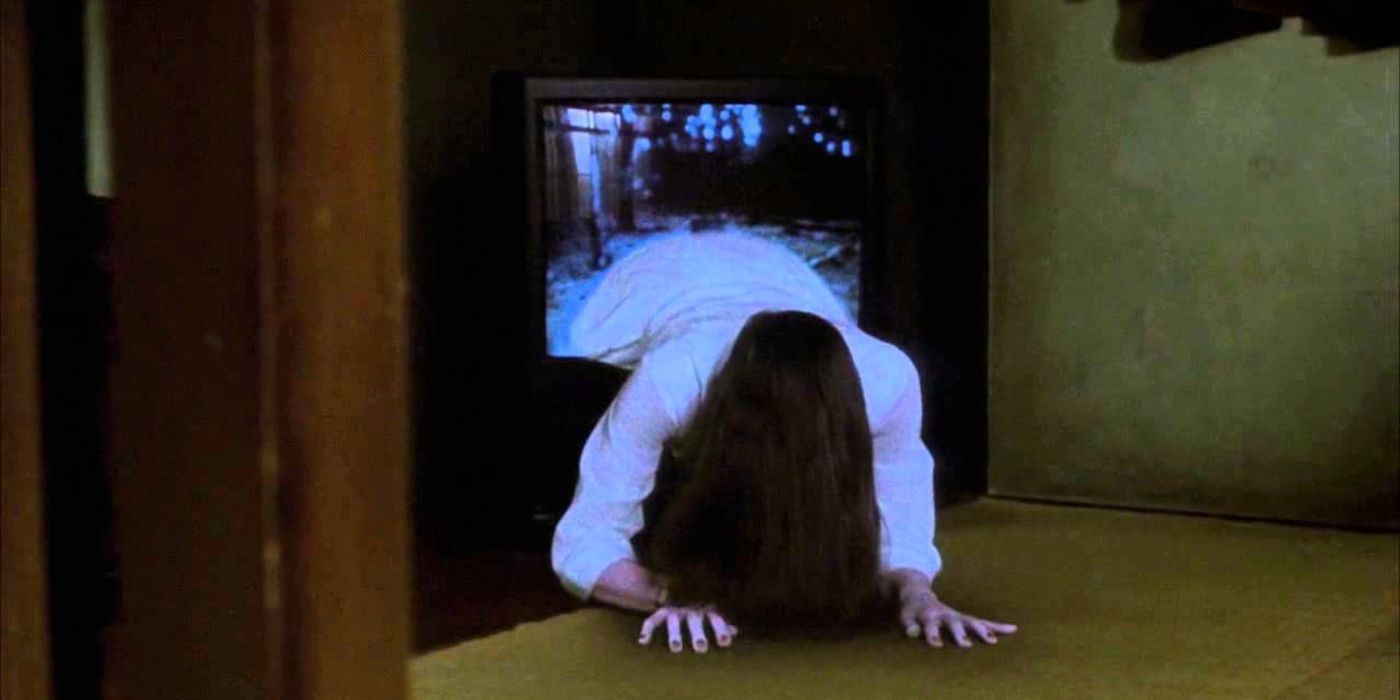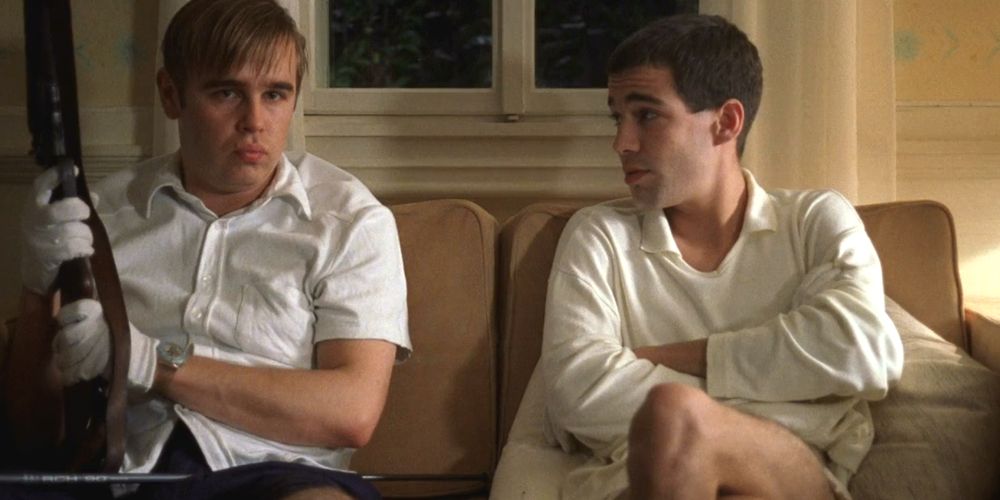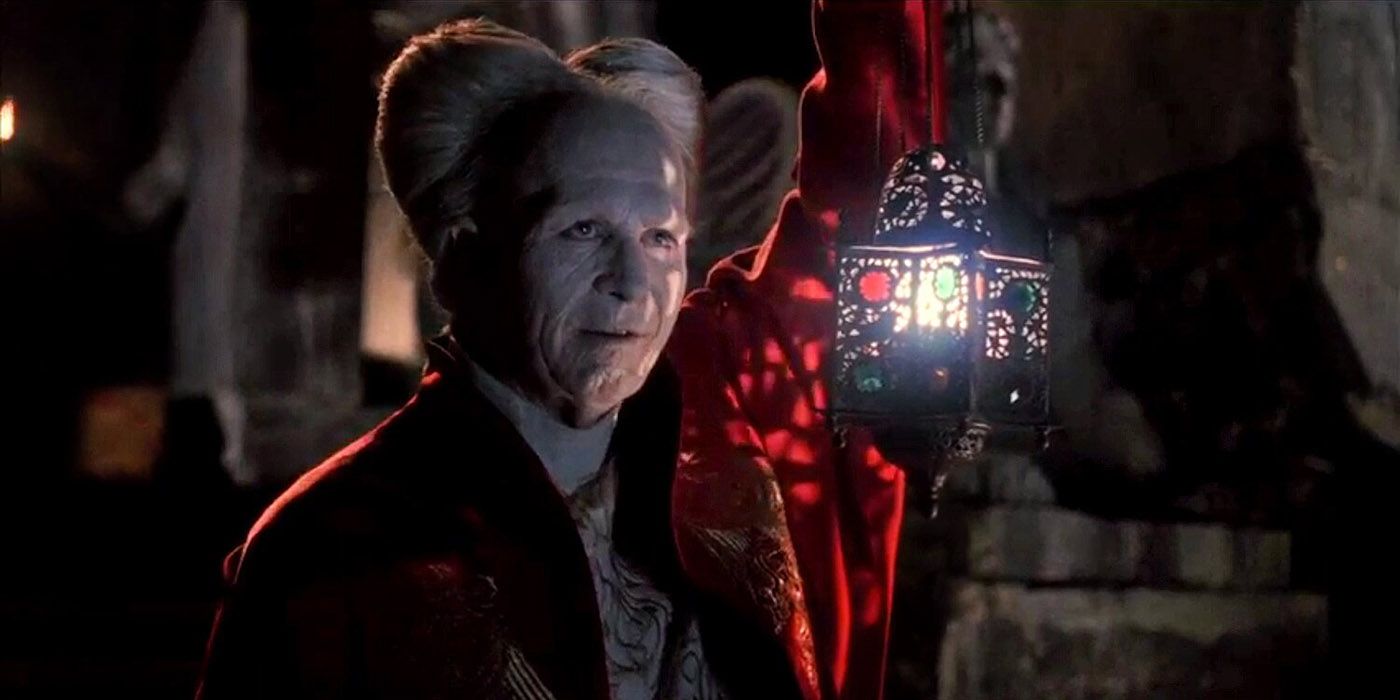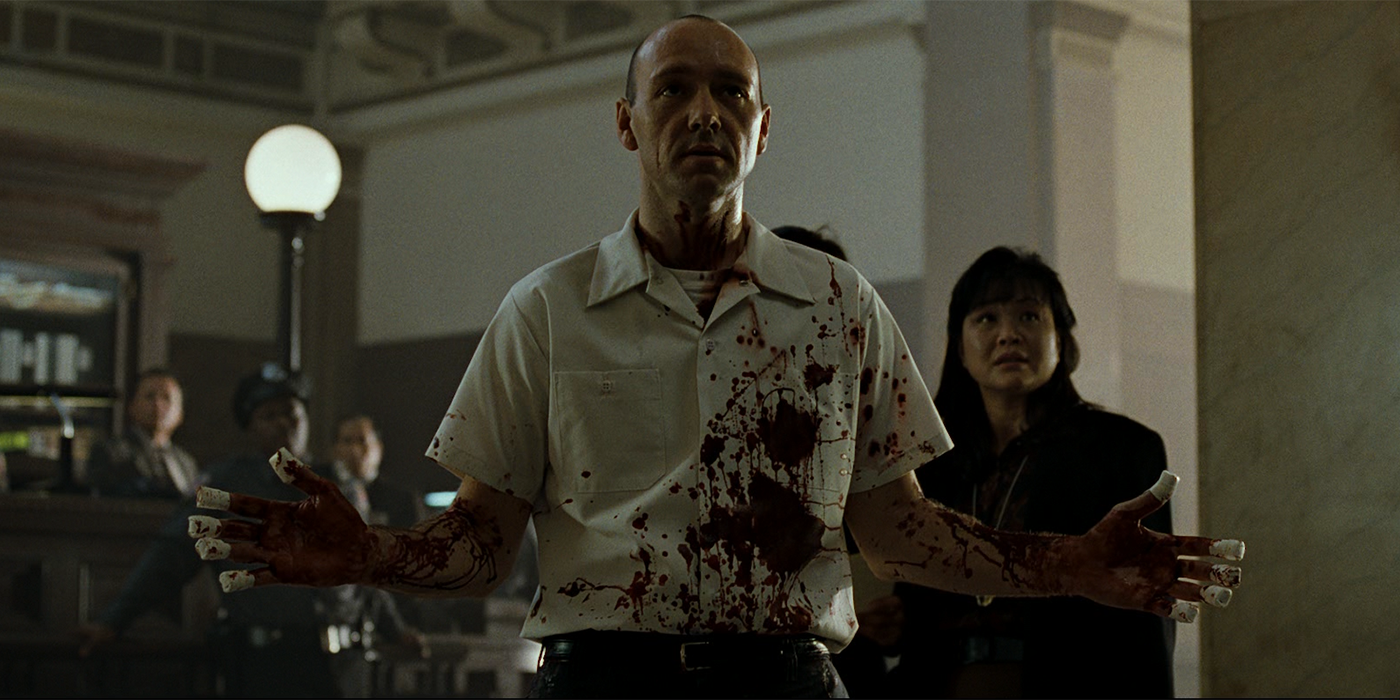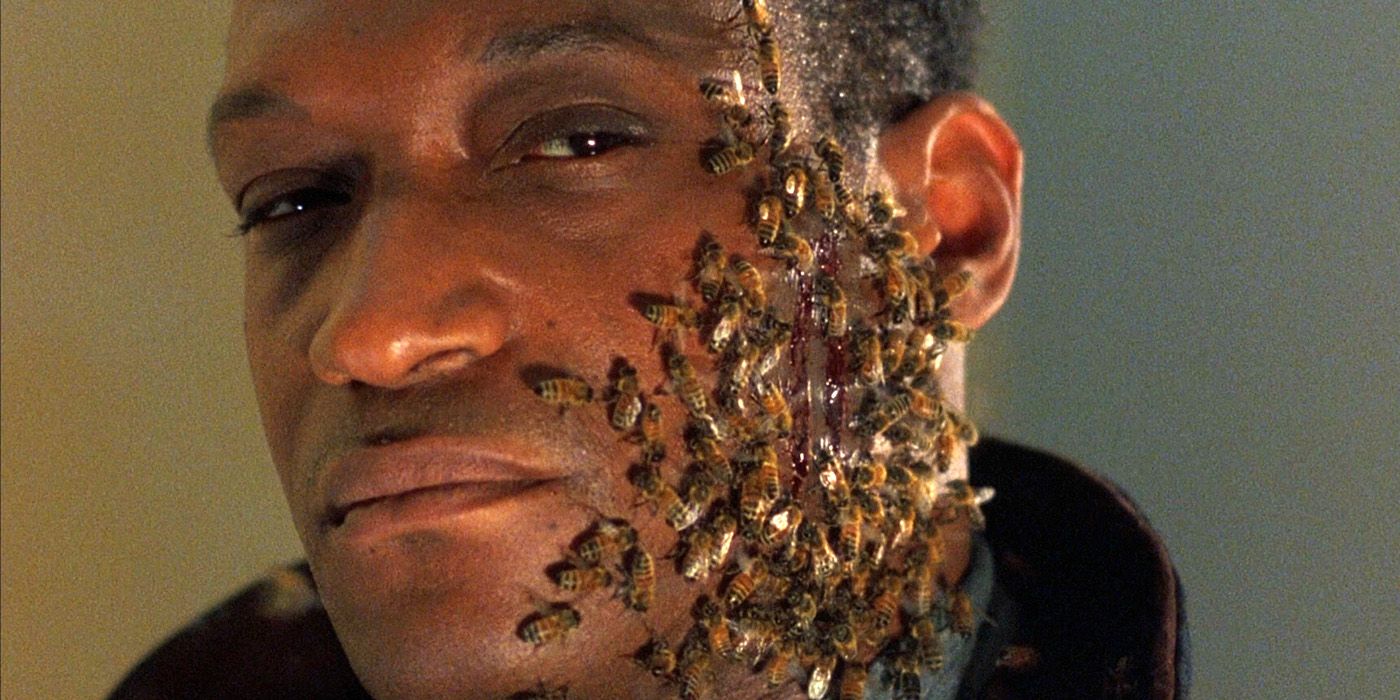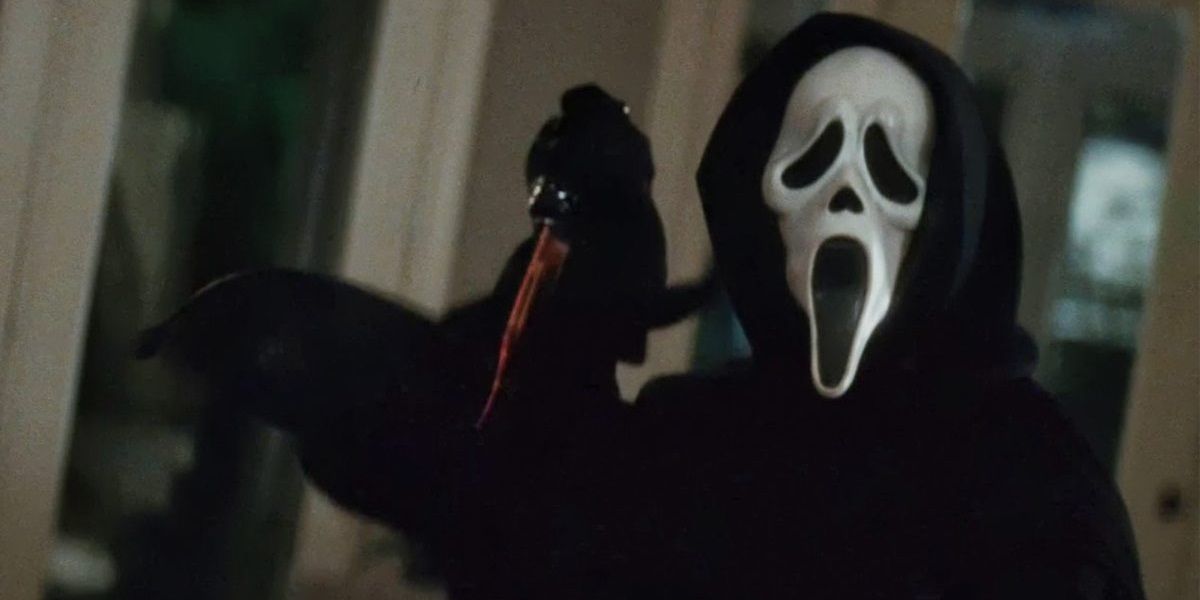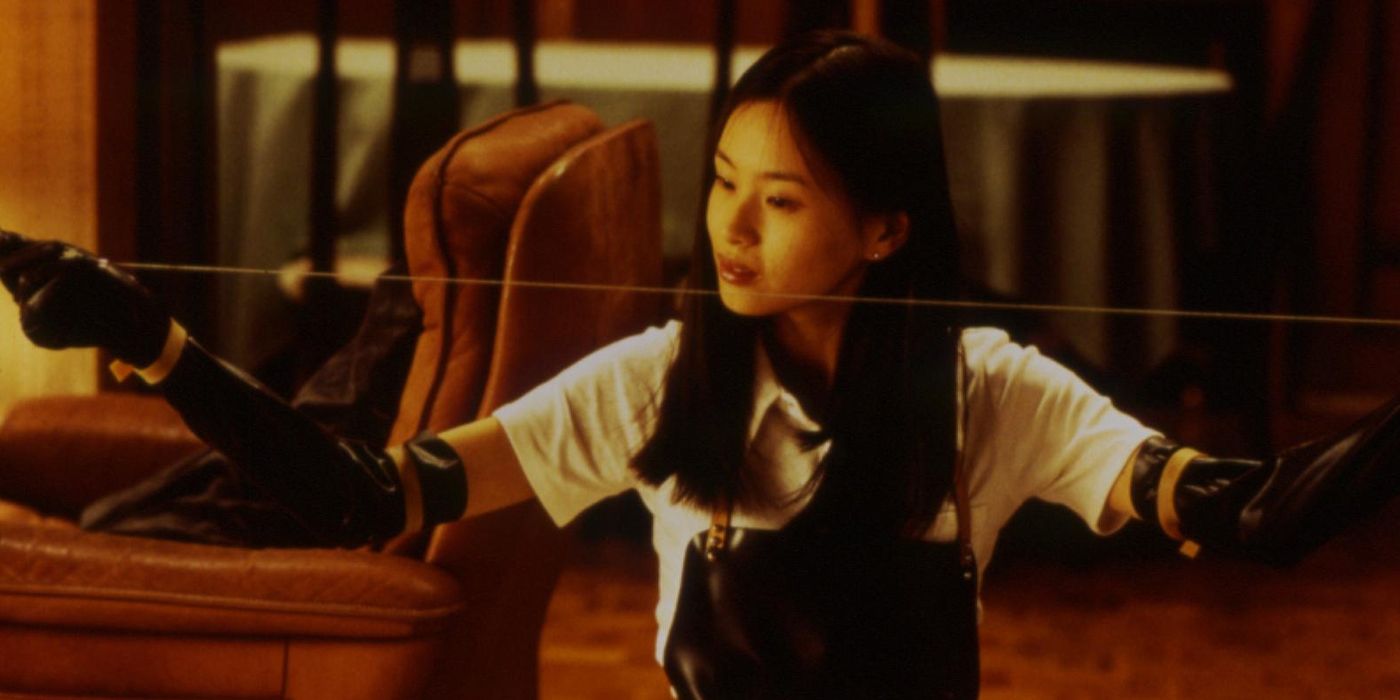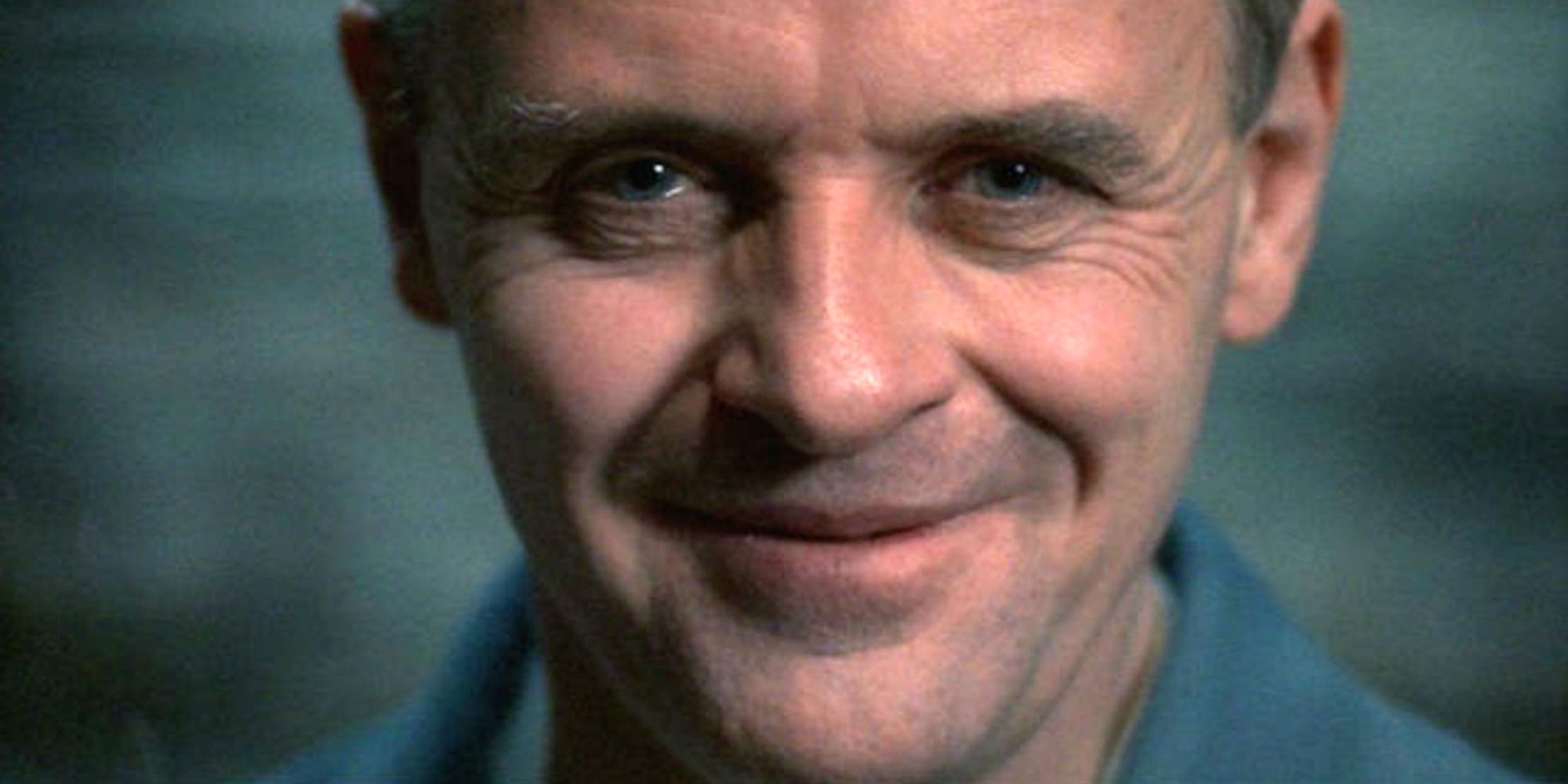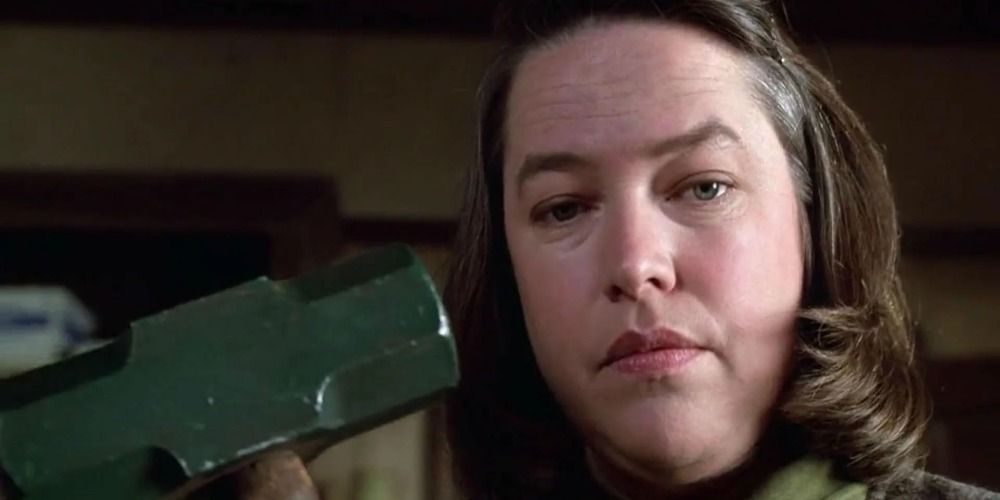The 1990s provided horror fans with some of the genre’s greatest entries. Wes Craven’s Scream brought a satirical self-awareness to the slasher subgenre, David Fincher’s Se7en tackled a typical “buddy cop” story with a grisly horror sensibility, and Jonathan Demme’s The Silence of the Lambs broke all kinds of Academy Award records for horror films.
Along with some of the greatest horror movies, the ‘90s introduced the genre’s fan base to some of its most iconic villains, from Candyman to John Doe to Annie Wilkes.
Max Cady (Cape Fear)
Martin Scorsese’s ‘90s remake of Cape Fear is a fiercely effective horror-thriller that deftly adapts the timeless, simplistic, universally terrifying story of the ‘60s original: a lawyer and his family are terrorized by an ex-convict that the lawyer failed to defend.
The role of the stalker, Max Cady, was originally played to unsettling effect by Robert Mitchum. In Scorsese’s remake, Robert De Niro makes the role his own with an even more remorselessly sadistic take.
Sadako Yamamura (Ringu)
In the original Ringu (the J-horror classic that inspired Hollywood’s The Ring franchise), Sadako Yamamura appears on a videotape that supernaturally kills its viewers a week after they watch it unless they show a copy of the tape to somebody else and pass on the curse.
This premise is like modern-day folklore. Seeing Sadako is an ominous warning sign that imminent death is inevitable. Her backstory makes her surprisingly sympathetic: she was thrown down a well and her spirit lives on through the tape.
Peter & Paul (Funny Games)
Michael Haneke’s notorious home invasion thriller Funny Games revolves around a family being held hostage in their vacation home by two psychotic young men, Peter and Paul, who torture them with a series of twisted games.
Audiences struggle to sit through the movie as Peter and Paul torment the family for hours, especially since they often break the fourth wall, cementing the haunting realism and drawing the audience into their dark world. This tale of terror proved to be so effective that Haneke made a shot-for-shot remake in America a decade later.
Count Dracula (Bram Stoker’s Dracula)
Bram Stoker’s vampiric literary icon Count Dracula had already been made iconic on the big screen by Bela Lugosi and Christopher Lee by the time Gary Oldman took a crack at the role in Francis Ford Coppola’s gorgeously gothic vision of Dracula.
Oldman won over critics with a fresh take on the character. Dracula actors usually ham it up, but Oldman goes the other way with a refreshingly understated turn.
John Doe (Se7en)
John Doe is a traditional high-concept horror villain. He’s a serial killer whose grisly crimes are inspired by the Bible’s “Seven Deadly Sins,” a murderous elevator pitch that sets up a gruesome horror version of a classic “buddy cop” movie. Morgan Freeman plays a grizzled veteran detective on the brink of retirement opposite Brad Pitt as the rule-bending hotshot rookie he’s reluctantly partnered up with.
These characters are brought together by their narrow-minded pursuit of the Biblical murderer. John Doe lands one of cinema’s most iconic twists when he turns himself in long before the end of his killing spree (and it all, of course, turns out to be part of his master plan).
Candyman (Candyman)
Bernard Rose’s film adaptation of the Clive Barker horror story “The Forbidden” took the source material’s poignant use of social commentary and updated it for a modern world and an American setting. The titular boogeyman in Candyman is an incisive symbol of racially motivated violence.
The character is also more broadly an exploration of urban legends and modern mythmaking. His victims have to say his name five times into a mirror to summon his ghostly wrath. Tony Todd is mesmerizing as Daniel Robitaille, the original Candyman, and his invisibility makes him a visually unique slasher.
The Ghostface Killers (Scream)
Kevin Williamson’s subversive Scream script offers a self-aware satire of its own genre. The characters know all the beats and tropes and conventions of the slasher formula when a masked killer starts picking them off.
The self-awareness wasn’t the only way Williamson revolutionized the genre; he also added a whodunit angle as the killer could be lurking among the protagonists. The shocking final twist reveals there to be two Ghostface killers, both horror movie buffs who wanted to live out a blood-soaked Hollywood fantasy.
Asami (Audition)
Takashi Miike’s horror masterpiece Audition has no signs that it’s a horror movie for the first hour or so. It’s initially set up as a soapy melodrama about a widower named Aoyama looking for new love. Aoyama’s producer friend sets up a fake casting call so he can handpick the ideal second wife.
Through the auditions, he falls for Asami, who turns out to be far less sweet and innocent than she seems. Encountering a jealous, psychotic killer is Aoyama’s cosmic punishment for manipulating all the women who came to his auditions.
Dr. Hannibal Lecter (The Silence Of The Lambs)
Anthony Hopkins created an unforgettably chilling cinematic icon with just around 16 minutes of screen time in The Silence of the Lambs. His Oscar win for Best Actor was both unprecedented and much-deserved.
His imprisoned cannibalistic charmer, Dr. Hannibal Lecter, shares a captivating on-screen dynamic with Jodie Foster’s rookie FBI profiler Clarice Starling.
Annie Wilkes (Misery)
Seemingly based on Stephen King’s own worst nightmare, Misery revolves around famed author Paul Sheldon being saved and subsequently held hostage and tormented by the ultimate toxic fan. Disappointed that Paul’s latest novel doesn’t gel with her headcanon, Annie Wilkes keeps him bedridden as she forces him to rewrite the story.
The “hobbling” scene is one of the most gut-wrenching sequences in all of horror cinema, and Kathy Bates more than earned her Academy Award for Best Actress. Her performance masterfully maintains Annie’s unnerving murderous menace while using words like “cockadoodie.”

